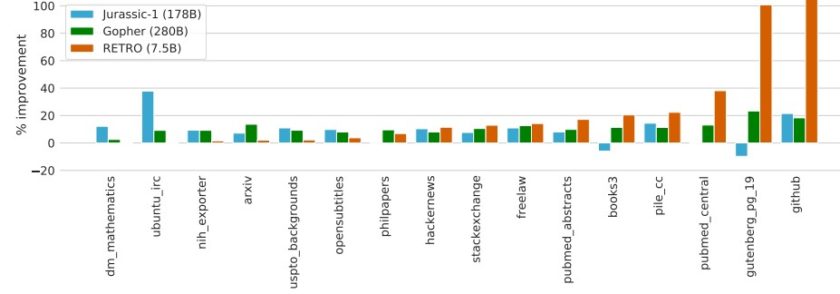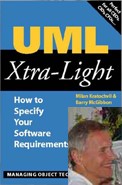Green AI versus Big Data: 10 Architectural Stepping Stones to New Avenues

A few years ago, a CTO from Ericsson mentioned a study of the cloud’s energy consumption worldwide, at an Open-House day at the Swedish Institute of Computer Science. By then, the total already equaled a large economy, sized Japan or Korea. Then he asked the audience to guess what the prevalent content consuming those gigawatts was. Only a handful of us got close. The top three were: selfies, pets, and food…
Contrary today, the benefits of (Deep) ML in serious apps such as medicine, pharma, environment, city traffic, public transportation, logistics, industry 4.0, and a dozen other domains, already by far outweigh ML’s increased carbon footprint.
Architects are the spiders on the web (pun intended) who can influence app-portfolio priorities as well as resource demand, and who are familiar with tightrope walks between resources and system-quality parameters in an SLA deal. I mentioned innovative algorithms in the last paragraphs of my last blog. Below, five points for enterprise architects, plus another five for IT architects, will help you to further improve the “green C/B” ratio:
1. In the EA role, pay enough attention to the “B” in Cost/Benefit estimates in ML initiatives.
2. Let C/B include both designing/tuning and the rest of the entire pipeline, that is, DevOps for programmed (“cognitive”) AI and ML-Ops for ML; include both monetary terms and green terms.
3. Include the current turn from offshoring to “onshoring,” as a consequence of robotics and automation cutting the percentage of salaries in total costs plus cutting lengthy transports, communication, and logistic chains. Moreover, automation attracts manufacturing back to regions with greener energy and much less KWh per MUSD GDP (see also “3. Robotics outcompete offshoring”in this Informator blog from 2017, or this editorial by Henrik Westman in Swedish business daily Dagens Industri, 2022).
4. Prioritize explainability mechanisms (XAI), customizable as far as possible, especially for testers and for subject-matter experts. It will help them to spot both errors and wasteful use of resources.
5. Encourage eclectic teams. They’re already doing a great job at BlueDot, DeepMind, BioNtech/InstaDeep, and hundreds of other AI-intensive firms.

A new greener avenue in ML: the RETRO model outperforms its 20-30 times larger siblings in a standard NLP-benchmark test, based on texts from 16 different sources. Results diagram by Deep Mind.
6. In the ITA role, try new approaches to Small Data (e.g. patients with an extremely rare diagnosis, or a severe engine-failure scenario that “almost never” happens…) such as increasing the number of variables per object(instance) or the density of measurements in a time series generated by the same source. “I had 200-300 million images. I’ve also worked on problems where I had 10 images” Andrew Ng (GoogleBrain, Stanford, and LandingAI) told the MIT Tech Review in 2021.
7. Try innovative ML algorithms that reduce the need for computing resources and energy by orders of magnitude. Federated Learning shrinks network footprint (up to -99%, in tests by Ericsson Research in 2019); standardization initiatives will gradually make such frameworks and algorithms secure, unified, and trusted.
8. Try ML paradigms that iteratively learn without big data, especially Reinforcement Learning.
9. Employ Edge(device) ML and computing, to cut server loads, network data volume, latency and to facilitate privacy (integrity of PII).
10. Keep an eye on new “hybrid” algorithms that tweak techniques from programmed AI, merging them with (Deep)ML in innovative ways like DeepStack.AI or DeepMind RETRO do (test results see diagram).
Finally, there’s nothing wrong with non-technical professions, but let’s keep in mind that solutions to most green-tech problems are quite techy. Therefore, architects should take the lead in shaping the corporate Green-IT agenda (when we passed on the AI-agenda to non-technicians in 1990, it led into endless discussions and a decade of AI Winter; let’s not repeat it – we’ve been there, seen it, got the T-shirt J ).

Trainer at Informator, senior modeling and architecture consultant at Kiseldalen’s, main author: UML Extra Light (Cambridge University Press) and Growing Modular (Springer). Advanced UML2 Professional (OCUP cert level 3/3).
Milan and Informator collaborate since 1996 on architecture, AI, rules, modeling, UML, requirements, and design. You can meet him this year at these courses in English or Swedish (remote participation is offered, encouraged, and strongly recommended by epidemiology experts) :
AI, Architecture, and Machine Learning
Agile Architechture Fundamentals
Avancerad objektmodellering med UML
(on demand: Modular Product Line Architecture )